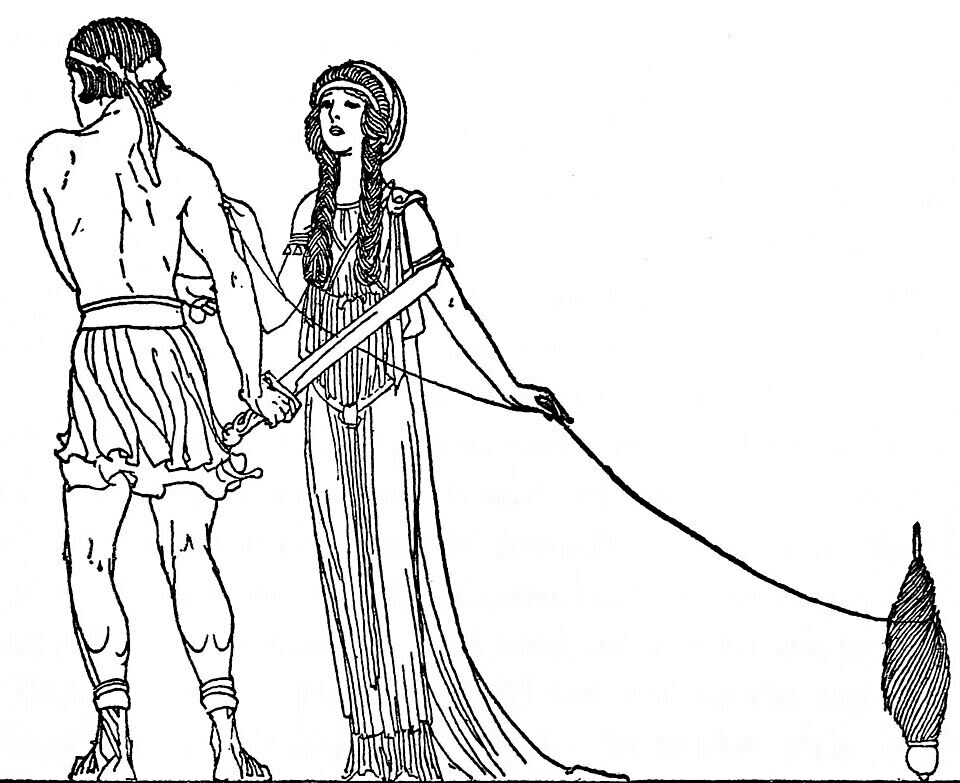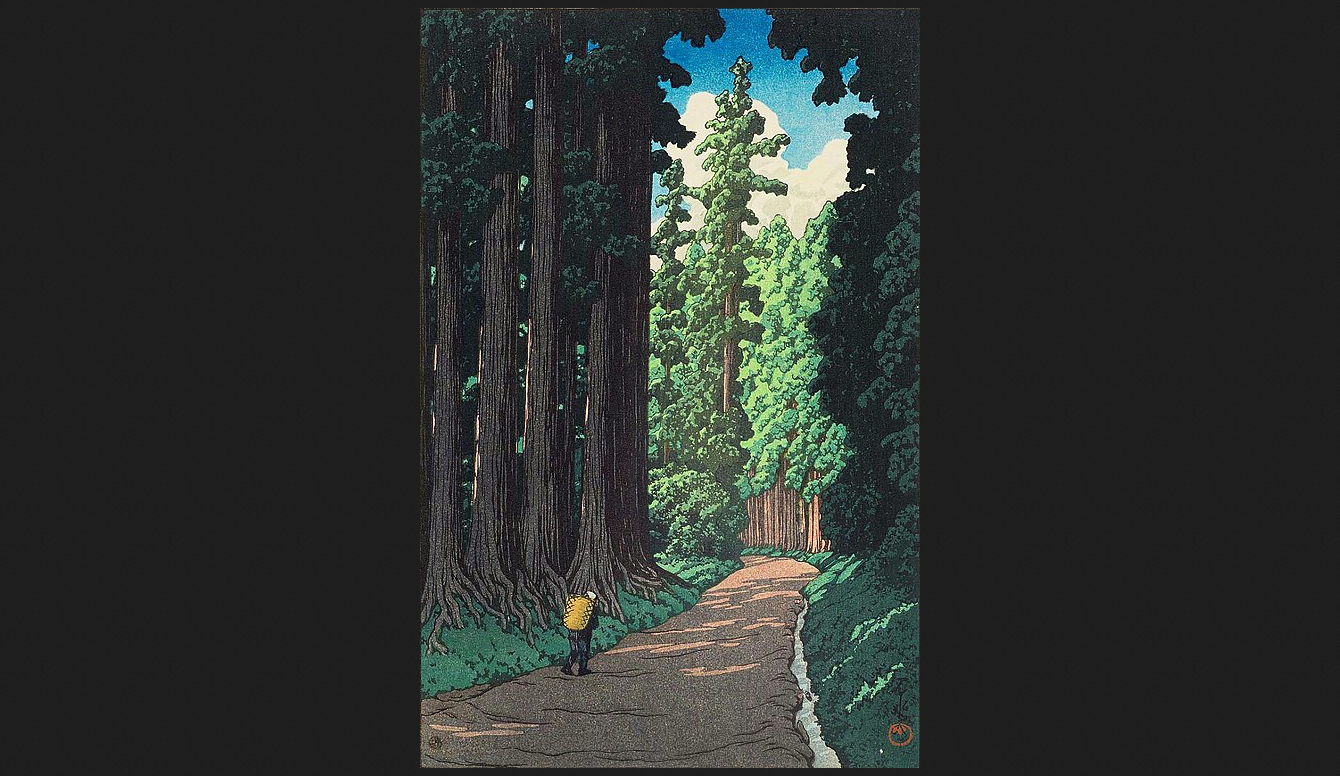Back to the Information City? How knowledge visualisation shapes the journey
I was intrigued by Mark Bernstein’s1 co-authored article revisiting the concept of the city as a visual metaphor for information in the era of hypertext.
Intrigued, because I’m not convinced the city makes things clearer. In fact the first thing that came into my mind was Steven Marcus’s claim from way back that urban dwellers experience a particular kind of estrangement. They sense that “the city is unintelligible and illegible”. This appears in a collection of essays on the Victorian city, in an essay titled ‘Reading the Illegible.’ (1973:257).
This idea - that the city can’t be read - put me in mind of Jonathan Raban’s proto-postmodernist book Soft City (1974), where he contrasts the book with the city, the legible with the illegible.
“The city and the book are opposed forms: to force the city’s spread, contingency, and aimless motion into the tight progression of a narrative is to risk a total falsehood. There is no single point of view from which we can grasp the city as a whole. That indeed is the distinction between the city and the small town. A good working definition of metropolitan life would center on its intrinsic illegibility. (p. 219)
As it happens, it seems that the article authors' conclusion is that the Information city is not a particularly promising metaphor to guide the navigation of complex information structures:
“It seems clear that the Information City is better suited to constructive than to exploratory hypertext.”
This ties in nicely with my take on anthropologist Tim Ingold’s view that creativity is more about ‘itineration’ (wayfinding) than ‘iteration’ (making an object).
Would it be possible, then, somehow to depict the wayfinding process in and of itself without in advance also reifying the landscape? I’m imagining a walk through an unfamiliar place, which through repetition gradually becomes familiar, and may be rendered yet more familiar by establishing idiosyncratic markers, the way Ariadne’s thread guided Theseus through the Minotaur’s labyrinth.
 *[Image source]: Internet Archive Book Images, No restrictions, via Wikimedia Commons.*
*[Image source]: Internet Archive Book Images, No restrictions, via Wikimedia Commons.*
The authors say of their attempted information visualisation:
“The Information City may be superb for some and intolerable for those who might prefer to work in a Piranesi dungeon.”
My view is that despite the efforts of UI creators, we don’t really have a choice in this matter. We are already living in Piranesi’s dungeon, in which meaning is lost and found and lost again, and where forgetting is as important as remembering.
That said, I’m as wary of the dream of information legibility as I am of the dream of urban legibility. The metaphor that works for me is of an immense and unknown forest, the deep forest of accumulated knowledge. Though travelers may have no sense of the ultimate extent of the forest, and even if there is no thread, they can make one as they explore. They may still provide a report, like a travel journal:
“Here is the route I took, and here are the landmarks I discovered on the way.".
This deep subjectivity allows for a limited form of objectivity:
“with my report in hand you too can follow this path through the trees.".
 *[Image source: Hasui Kawase], Public domain, via Wikimedia Commons.*
*[Image source: Hasui Kawase], Public domain, via Wikimedia Commons.*
References:
Bernstein, Mark, Silas Hooper, and Mark Anderson. “Back to the Information City.” Paper presented at HT 2025: 36th ACM Conference on Hypertext and Social Media, Chicago, IL, September 15–18, 2025. https://doi.org/10.1145/3720553.3746664.
Dyos, H. J., and Michael Wolff. The Victorian City: Images and Realities. Vol. 1. London: Routledge & Kegan Paul, 1973.
Ingold, Tim. “The Textility of Making.” Cambridge Journal of Economics 34 (2010): 91–102. https://doi.org/10.1093/cje/bep042.
Raban, Jonathan. Soft City: The Art of Cosmopolitan Living. New York: E.P. Dutton, 1974.
-
He’s the creator of the Tinderbox notemaking app. ↩︎